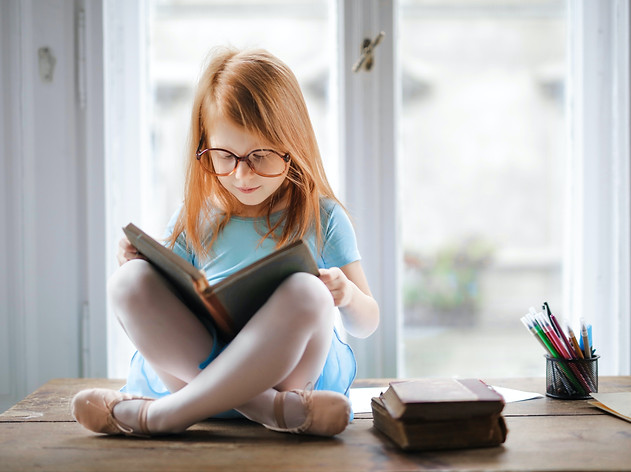
Pediatric Eye Exams
are essential to identify vision problems in children early on. Children with undetected vision issues are at risk of struggling academically, socially, and athletically. A pediatric eye exam can help detect refractive errors, amblyopia (lazy eye), strabismus (eye misalignment), and other eye conditions. The American Optometric Association recommends that children receive their first comprehensive eye exam at six months of age, followed by regular exams at age three, before starting school, and every two years thereafter.


Good vision is crucial for a child's learning once they enter school, as it impacts various skills such as reading and motor development. As a parent or caregiver, it's important to be vigilant for signs of vision problems, including frequent blinking, headaches, and poor reading comprehension. During a pediatric eye exam, we assess the child's vision, checks for any eye health issues, and determines if vision correction is necessary. If a vision or eye problem is identified, the doctor will discuss various treatment options, which can range from glasses and contact lenses to other therapeutic solutions.
Protect Your Child's Vision with Regular Eye Exams
School Exams
Pediatric eye exams are important for school-aged children as undiagnosed vision problems can hinder learning and development. These exams detect vision issues that can cause headaches, poor reading skills, and a short attention span, and help determine the need for vision correction to improve academic performance.
Click on "Book Now" below to schedule an appointment today!


©2023 by Mt Prospect Eye Care. Brokerwebs Designed.



